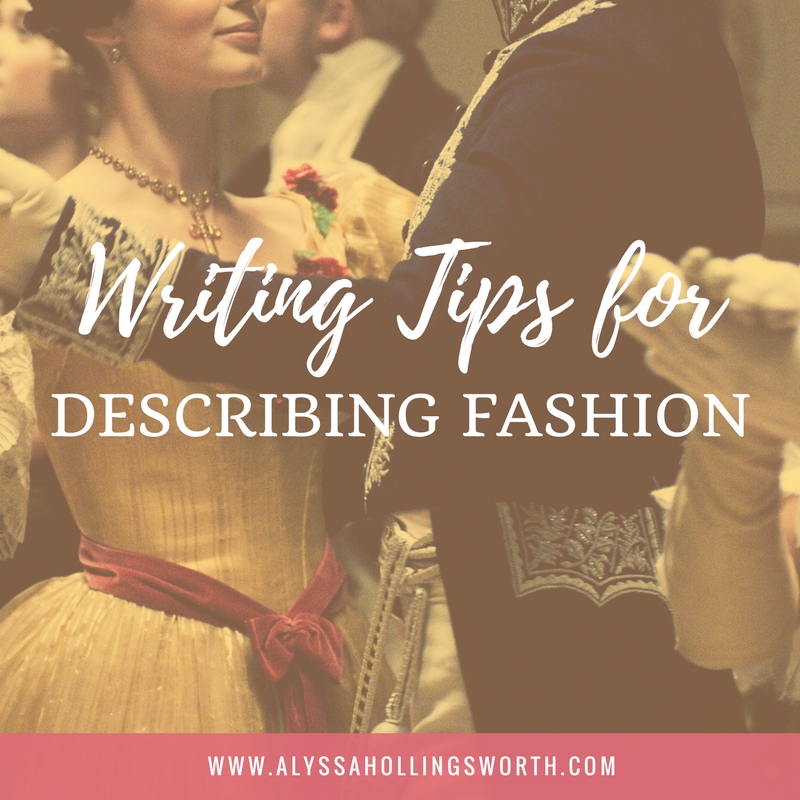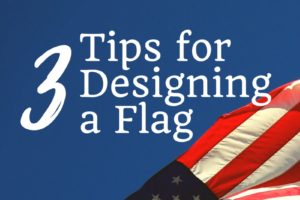 Clothes can be fun to describe, particularly if your setting is the 1700’s Venice, Medieval France, or Regency England. But when handled poorly, fashion descriptions can feel awkward, slow down a scene, or come across as an infodump. Though I am a bit indifferent to fashion in real life, I love researching costumes and making style guides for my characters. Sometimes I go to museums and pick out which suits suit (haha see what I did there???) my male character, as if I’m at a mall and am going to walk out with it for him.
Clothes can be fun to describe, particularly if your setting is the 1700’s Venice, Medieval France, or Regency England. But when handled poorly, fashion descriptions can feel awkward, slow down a scene, or come across as an infodump. Though I am a bit indifferent to fashion in real life, I love researching costumes and making style guides for my characters. Sometimes I go to museums and pick out which suits suit (haha see what I did there???) my male character, as if I’m at a mall and am going to walk out with it for him.
But despite my obsession, I believe that less is more when it comes to describing fashion. So I thought I’d share some of the things I’ve learned about writing fashion into a scene.
Is your narrator a boy?
Yes? Great, you get off with the minimum limit of description! A big clue that a female writer is writing a male voice is lengthy descriptions of fashion. Not to say a guy can’t notice that a girl is wearing a red dress or that she’s looking particularly hot in her attire. But he probably wouldn’t notice the costly damask silk or that her hair is in the tête de mouton (“sheep’s head”) style or that her waistline is uncommonly high.
My 18 year old brother (who, remember, is top of the age range of most YA boy protagonists) once walked into a room and asked me why I’d “dressed up like an Amish person to go to a movie.” I was wearing a purple polka-dotted empire waist, knee-length dress with leggings and boots. Apparently dress + sister = Amish (??) in my brother’s fashion sense.
So. Keep this in mind when you’re writing boys. Especially brothers.
Of course, every rule has exceptions, but they should be approached cautiously and be executed with great intentionality.
Is your narrator a girl?
Yes? Awesome, things just got more complicated.
The way you describe fashion (like all other things) comes down to your narrator—how much would she notice, and why would she notice it? If your narrator likes to preen, fashion may be worthy of a few sentences. But if your narrator doesn’t care, she might only notice fashion as it inhibits or annoys her.
Less is generally more as far as length of descriptive blocks. But you can slip little details in here and there (“he disappeared around the wide-skirted ladies,” “her chest was tight, and not just from the new stays,” “her hands just inches from his waistcoat”) but as a general rule these should be spread throughout the scene. The reader should accumulate knowledge without even realizing they’ve learned it, so speak.
Details enhance your narration. Paragraph long descriptions stall it. Try to be vivid, intentional, and specific when it comes to describing dress. Describing something pretty just because it’s pretty isn’t good enough, I’m afraid.
Since you’ve read so far (and just to prove how obsessed I am with my fashion research), I’m going to conclude with links to three of my fashion collections from Pinterest. YOU’RE WELCOME.
Follow Alyssa Hollingsworth’s board Costumes/Fashion: Colonial-esque on Pinterest.
Follow Alyssa Hollingsworth’s board Costumes: Women 1800’s on Pinterest.
Follow Alyssa Hollingsworth’s board Costumes/Fashion: Men’s Fantasy, Medieval on Pinterest.


















